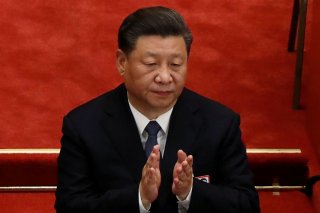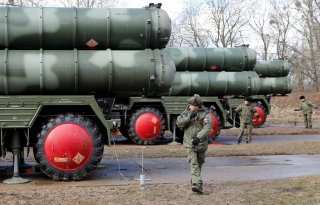 As India manages the fallout from its deadly clash with China last week—the first border skirmish in which there were troop fatalities since 1975—it would do well to take a step back and assess its broader regional situation. And if it does so, New Delhi would realize that its problems are by no means limited to Beijing: India’s relations with each of its neighbors are in shambles.
As India manages the fallout from its deadly clash with China last week—the first border skirmish in which there were troop fatalities since 1975—it would do well to take a step back and assess its broader regional situation. And if it does so, New Delhi would realize that its problems are by no means limited to Beijing: India’s relations with each of its neighbors are in shambles.
Things could so easily have been different. In May 2014, shortly after being elected to office, Prime Minister Narendra Modi invited his counterparts from Afghanistan, Bangladesh, Bhutan, the Maldives, Nepal, Pakistan, and Sri Lanka—members of the South Asian Association for Regional Cooperation (SAARC)—to his inauguration. It was a deft exercise in public diplomacy, as no previous prime minister had made such a grand gesture. It was also in keeping with his Bharatiya Janata Party’s campaign manifesto, which had promised to improve ties with India’s neighbors.
Modi used the occasion to announce his “neighborhood first” initiative, a new focus on prioritizing relations with SAARC member states. The project, had it come to fruition, would have given a much-needed boost to regional trade and investments and led the way in addressing geopolitical tensions. It would have also provided a natural—and lasting—bulwark against China’s relentless attempts to expand its footprint across the region, especially with its Belt and Road Initiative.

















